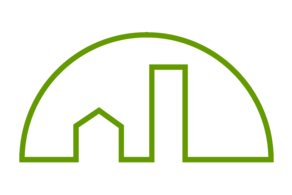Publication in the Review of Economic Studies
The researchers investigated why wages in the financial sector have been rising sharply since the 1980s. Data from the U.S. and Sweden show that employees of financial companies earn 70 percent more than the national economy average. In the mid-1980s, the figure was only ten percent. The reason for this drastic increase is the ever-increasing profits of the financial sector, analyzed the team of Prof. Michael Böhm, Professor at the TU University Dortmund.
The researchers initially followed the assumption that higher wages could be due to increased skills. They examined data on the cognitive and emotional performance of workers from Sweden and their wages within and outside the financial sector. The researchers used data from the U.S. as a comparison, due to its leadership role in the financial industry. A comparison of skills data with wage trends in the financial industry from 1990 to 2017 showed: Increased wages were not demonstrably related to employee talent.
Companies pass on profits
The scientists then compared the wages of employees with the accounting performance of the respective companies. They were able to show that companies in the financial sector generally shared about ten percent of their profits with their employees (“rent sharing”) during the period under consideration. Employees at all levels benefit – from the head of department to the assistant and the cleaning staff.
At least half of the increased wages in the financial industry can be statistically explained by rent sharing. Lack of competition, heavy regulation and lack of transparency in the industry could be reasons for rent sharing, according to the researchers. “Our study shows that some industries pay higher wages regardless of employee performance,” says author Michael Böhm.
Böhm, Metzger und Strömberg (2022, The Review of Economic Studies, Since You’re So Rich, You Must Be Really Smart”: Talent, Rent Sharing, and the Finance Wage Premium)
Entry into financial sector dependent on contacts and life planning
The researchers also explored the question of why there are not more young people entering the financial sector to take advantage of high wages. They noted: Whether someone enters the industry depends in part on whether their parents or other social contacts work in finance, and whether that leads to employment. Moreover, workers’ resumes show that they only become high earners after about ten years in the financial industry. So whether young people look for a job in the financial sector also depends on their interests and whether they make short- or long-term decisions.


